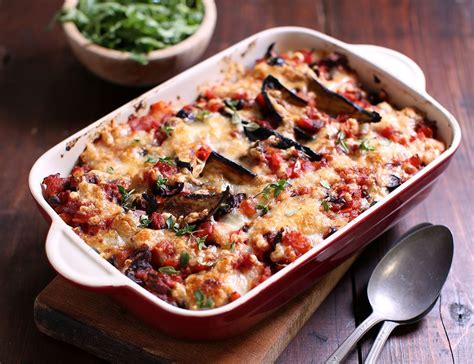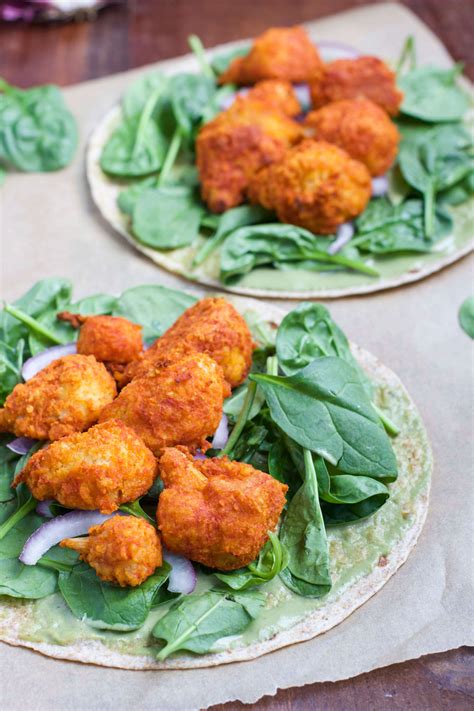Discover the flavors of traditional Egyptian cuisine and popular appetizers and desserts. Learn about key ingredients and modern twists on classic recipes.
Traditional Egyptian cuisine
Contents
Egyptian cuisine is rich in history and flavor, with traditional dishes that have been passed down through generations. The key ingredients in Egyptian cuisine are reflective of the country’s agricultural abundance and ancient culinary traditions, making it a unique and vibrant culinary experience.
One of the most popular traditional dishes in Egypt is koshari, a hearty and filling meal made from a combination of rice, lentils, and macaroni, topped with a spicy tomato sauce and crispy fried onions. This dish is a staple in Egyptian households and is often enjoyed during festive occasions and family gatherings.
Ful medames is another iconic dish in Egyptian cuisine, made from simmered fava beans, garlic, and olive oil, and traditionally served with hard-boiled eggs, chopped tomatoes, and onions. This dish has been enjoyed in Egypt for thousands of years and is a beloved breakfast option for many.
Molokhia is a popular leafy green vegetable in Egyptian cuisine, often cooked with chicken or rabbit and served with rice or accompanied by a flatbread called baladi.
Rice-stuffed grape leaves, known as warak enab, are a beloved dish in Egyptian cuisine, often served as part of a mezze spread or as a standalone dish. These tender grape leaves are filled with a flavorful mixture of rice, herbs, and spices, creating a satisfying and aromatic dish.
Key ingredients in Egyptian dishes
Egyptian cuisine is known for its use of fresh, flavorful ingredients that come together to create dishes that are rich in taste and history. The key ingredients in Egyptian dishes are what give them their unique and delicious flavor profiles, making them a favorite among food enthusiasts around the world.
One of the most essential ingredients in Egyptian cooking is rice. Rice is a staple in many Egyptian dishes, and it is often used as a base for a variety of flavorful sauces and stews. Whether it’s jasmine rice or basmati rice, the texture and flavor of the rice can greatly impact the overall taste of the dish.
Garlic is another key ingredient in Egyptian cooking. It’s used to add a rich, pungent flavor to many traditional dishes, and its inclusion is a must for creating an authentic Egyptian taste.
lentils are also widely used in Egyptian cooking and are often featured in soups, stews, and side dishes. They are a great source of protein and add a hearty and earthy flavor to many Egyptian dishes.
One of the most iconic ingredients in Egyptian cuisine is olive oil. Its rich, fruity flavor is often used to dress salads, marinate meats, and add a depth of flavor to many classic Egyptian recipes.
Popular Egyptian appetizers
When it comes to Egyptian cuisine, the appetizers are an integral part of the dining experience. Appetizers in Egypt are not just a prelude to the main meal, but are often substantial enough to serve as a meal on their own. They are known for their vibrant flavors, rich textures, and unique combinations of ingredients.
One of the most popular Egyptian appetizers is hummus, a creamy dip made from pureed chickpeas, tahini, lemon juice, and garlic. It is typically served with pita bread or fresh vegetables. Another favorite is falafel, which are deep-fried balls made from ground chickpeas, herbs, and spices. They are often served with tahini sauce and pickled vegetables.
Baba ghanoush is another beloved appetizer in Egypt, made from roasted eggplant, tahini, garlic, and lemon juice. It is usually served with pita bread or as a side dish. Fatteh is a layered dish made with pieces of pita bread, yogurt, chickpeas, and a drizzle of olive oil and vinegar. It is often garnished with pine nuts and parsley.
Some other popular Egyptian appetizers include koshari, a flavorful mixture of rice, lentils, and pasta topped with a spicy tomato sauce and crispy onions, and warak enab, grape leaves stuffed with a savory mixture of rice, herbs, and spices. These appetizers offer a glimpse into the rich and diverse culinary tradition of Egypt.
Iconic Egyptian desserts
Egyptian cuisine is known for its rich and flavorful desserts, some of which have been enjoyed for centuries. These iconic desserts are an integral part of the country’s culinary tradition and are loved by locals and tourists alike.
One of the most famous Egyptian desserts is Basbousa, a sweet semolina cake that is soaked in flavored sugar syrup. It is often made with coconut and sometimes includes nuts for added texture. Basbousa is a deliciously moist and fragrant treat that is perfect for satisfying a sweet tooth.
Qatayef is another beloved dessert in Egypt, especially during the holy month of Ramadan. These are small, stuffed pancakes that are usually filled with nuts, raisins, or sweet cheese and then fried or baked before being soaked in syrup. Qatayef are a popular street food and are often served at special occasions and festivities.
Another staple dessert in Egyptian cuisine is Umm Ali, which is a traditional bread pudding that is rich and creamy. It is made with layers of puff pastry, milk, nuts, and raisins, and is often flavored with cinnamon and cardamom. Umm Ali is a comforting and indulgent dessert that is perfect for sharing with friends and family.
Lastly, Mahalabiya is a popular milk pudding that is flavored with rose water and garnished with nuts and cinnamon. This creamy dessert has a delicate floral aroma and a smooth, silky texture that is utterly delightful. Mahalabiya is often served cold and is a wonderful way to end a meal on a refreshing note.
Modern twists on classic Egyptian recipes
Modern twists on classic Egyptian recipes bring a new level of innovation to traditional dishes that have been cherished for centuries. These twists introduce new flavors, textures, and cooking techniques to classic recipes while still honoring the essence of Egyptian cuisine.
One popular example of a modern twist on a classic Egyptian dish is the use of quinoa instead of rice in traditional Koshari. This adaptation offers a healthier, protein-rich alternative to the beloved street food, while also adding a nutty flavor and chewy texture to the dish.
Another interesting twist can be seen in the incorporation of international ingredients into traditional Egyptian recipes. For instance, using soy sauce and ginger to marinate kebabs or incorporating avocado into the classic Egyptian breakfast dish, ‘Ful Medames.’ These additions create a fusion of flavors that appeal to a contemporary palate.
Additionally, modern twists can involve the presentation of dishes. By deconstructing traditional recipes and reassembling them using modern plating techniques, chefs can elevate the visual appeal of Egyptian cuisine and attract a new generation of food enthusiasts.
The modern twists on classic Egyptian recipes not only showcase the adaptability of the country’s culinary heritage but also demonstrate the creativity and flexibility of Egyptian chefs in embracing global food trends while preserving the roots of their traditional cuisine.












